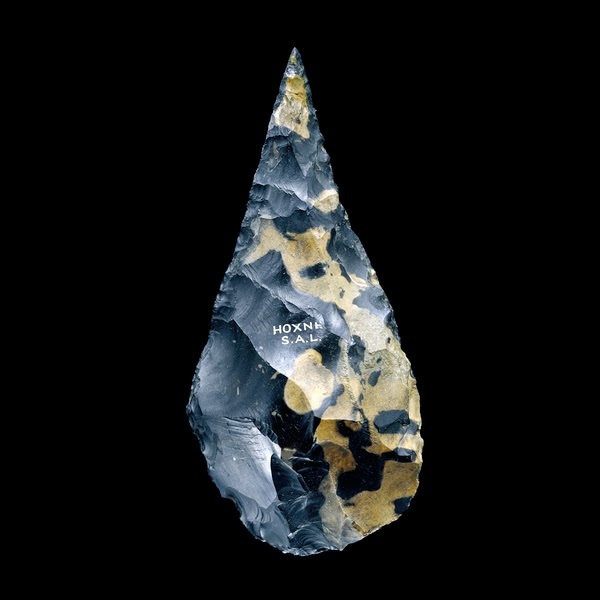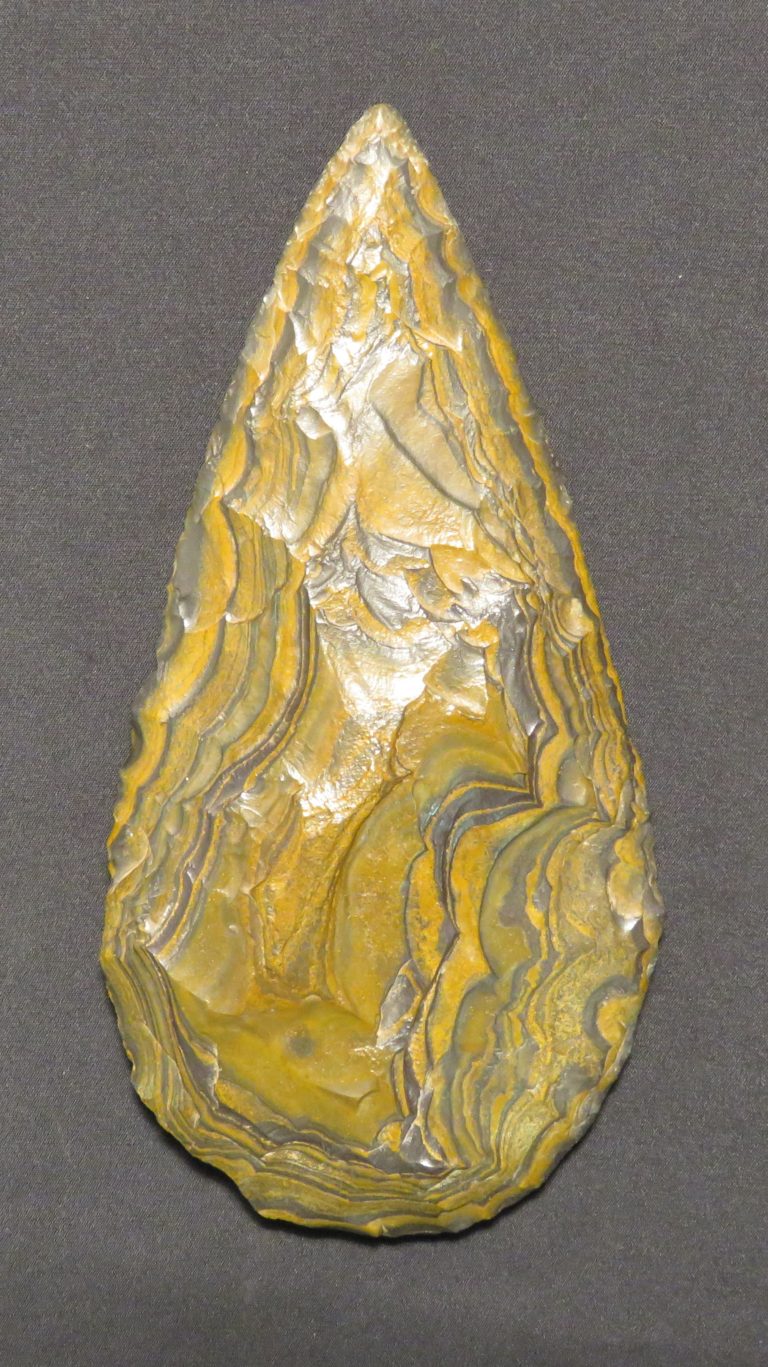I argue they are not tools, but more likely something that has symbolic value (like an art or religious relic). Though many Acheulean biface are modest in appearance, there is a percentage that are quite artistic, even to modern standards.
“They are a potent manifestation of an early and continuous human interest in perfection of form, and aesthetics in general, as demonstrated by their makers’ efforts to endow them with symmetrical faces and edges, well beyond practical requirements. The largest bifaces in this group are so substantial that they would have been of little to no use as tools. Although their specific functions remain a matter of speculation, it is clear that they must have been prized for their appearance rather than utility.”
https://www.metmuseum.org/art/collection/search/754048

““Such is the perfection of the carving on some hand axes that they give the impression that the artist took great pleasure in them…we are unable to pronounce from this…whether it was art or the utility of the hand axe that was being sought by making them so well. Although in our heart of hearts we are sure that they were searching for beauty, aesthetics, as they could have achieved the same efficiency with cruder pieces.”
http://antiquatedantiquarian.blogspot.c … ology.html

“But what is interesting to me is that, whether talking about prehistoric humans or us moderns, the criteria for something to be called artistic had an eerily modern ring to it. This is because the idea that the aesthetic is constituted by what in the object exceeds absolute need dates to the eighteenth century.”
https://athenaeumreview.org/review/aest … f-the-axe/
“A small proportion of them are highly symmetrical, finely finished and polished, much beyond what you would expect for purely practical purposes. The beauty of such extreme hand axes has made some people muse whether they could be considered as artworks. For instance, the philosopher of art Gregory Currie describes a British hand axe as follows: ” a piece of worked stone, shaped as an elongated tear drop, roughly symmetrical in two dimensions, with a twist to the symmetry which has retained an embedded fossil. In size and shape it would not have been a useful butchery implement, and is worked on to a degree out of proportion to any likely use. While it may be too much to call it an “early work of art,” it is at least suggestive of an aesthetic sensibility (Currie, 2009, 1). ”
https://www.newappsblog.com/2012/11/are … f-art.html
https://debatingchristianity.com/forum/viewtopic.php?p=1064834#p1064834
